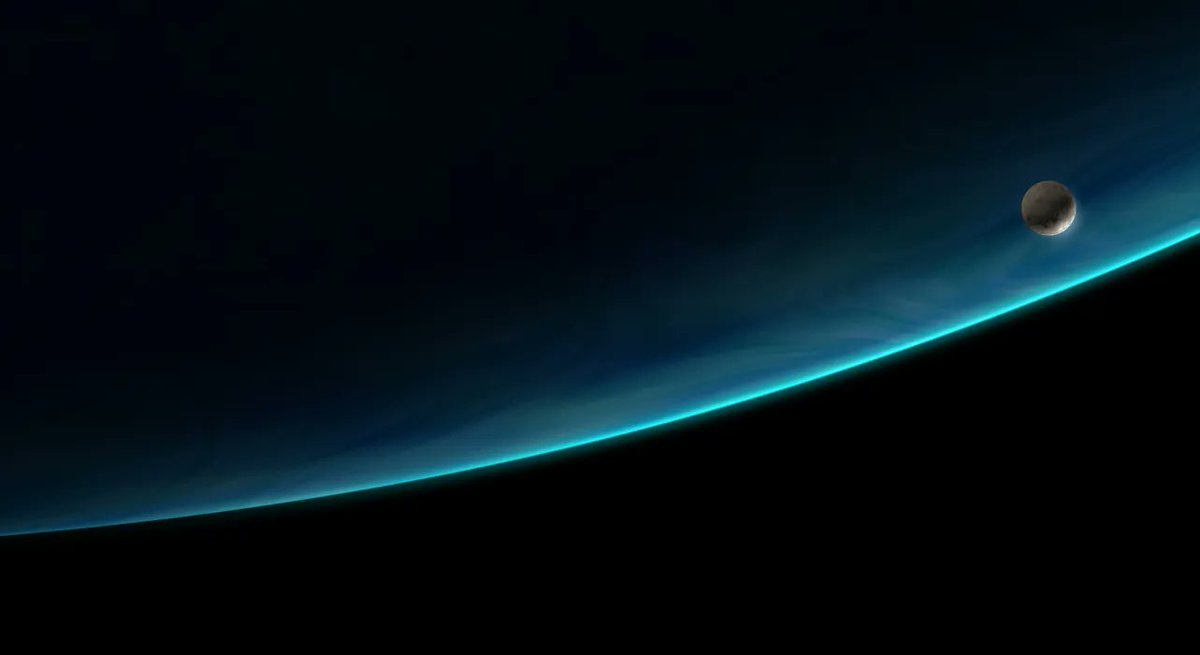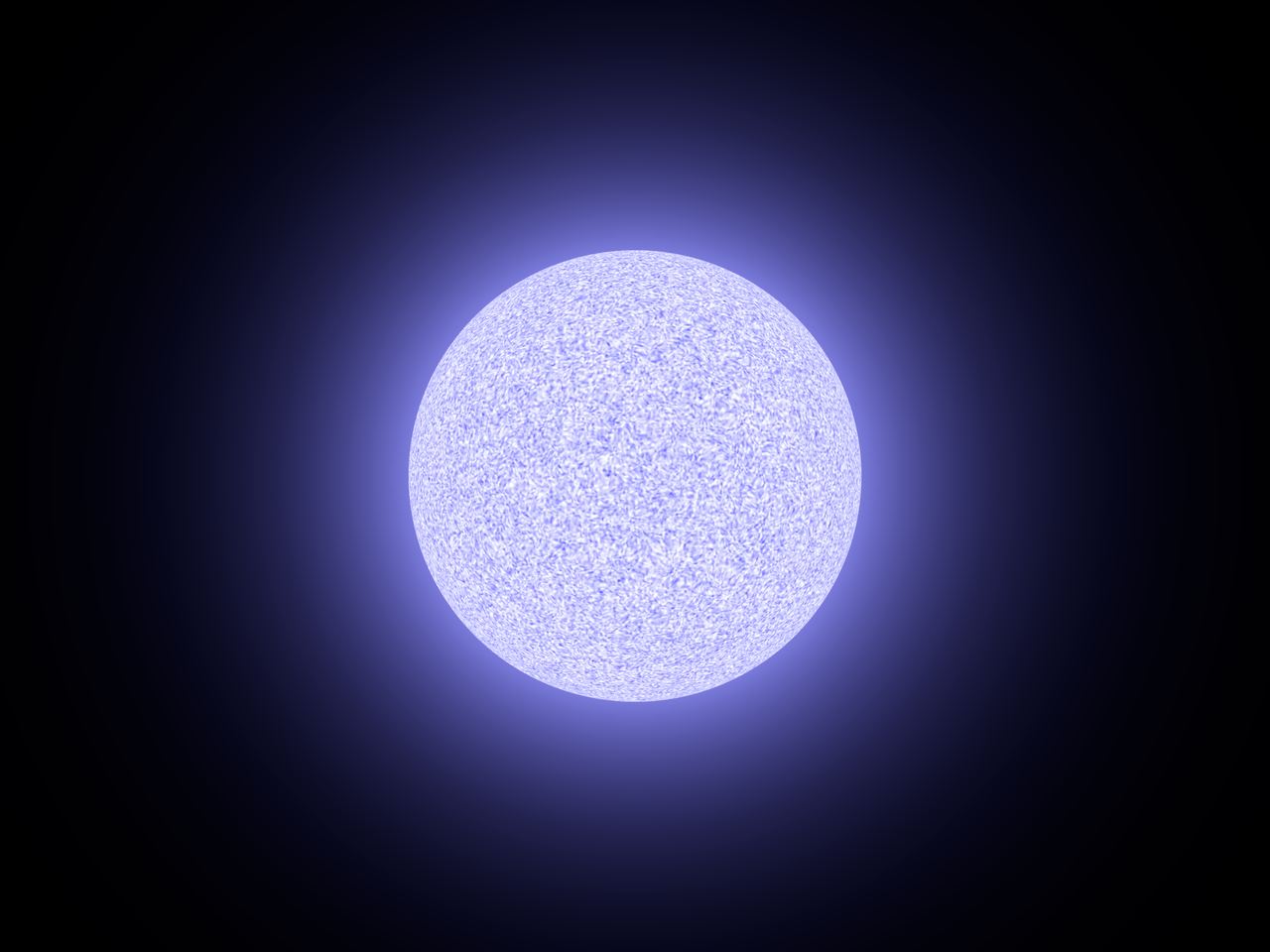When it comes to astronomy, the more instruments watching the sky, the better. Which is why it has been so frustrating that the world’s rising superpower – China – has long lacked focus on space-science missions. In recent years, with some notable exceptions, China’s space agency has focused on lunar exploration and human spaceflight, as well as some remote monitoring capabilities, leaving the technical know-how of arguably the world’s second more capable country on the sidelines when it comes to collecting space science data. Now, a team led by Jian Ge of the Shanghai Astronomical Observatory has suggested the most ambitious Chinese-led space science mission to date. And it plans to search for one of the holy grails of current astronomy research – an exoplanet like Earth.
Continue reading “An Ambitious Plan to Find Earth 2.0”Water Worlds Could Have Plumes of Nutrients Carried up From Down Below
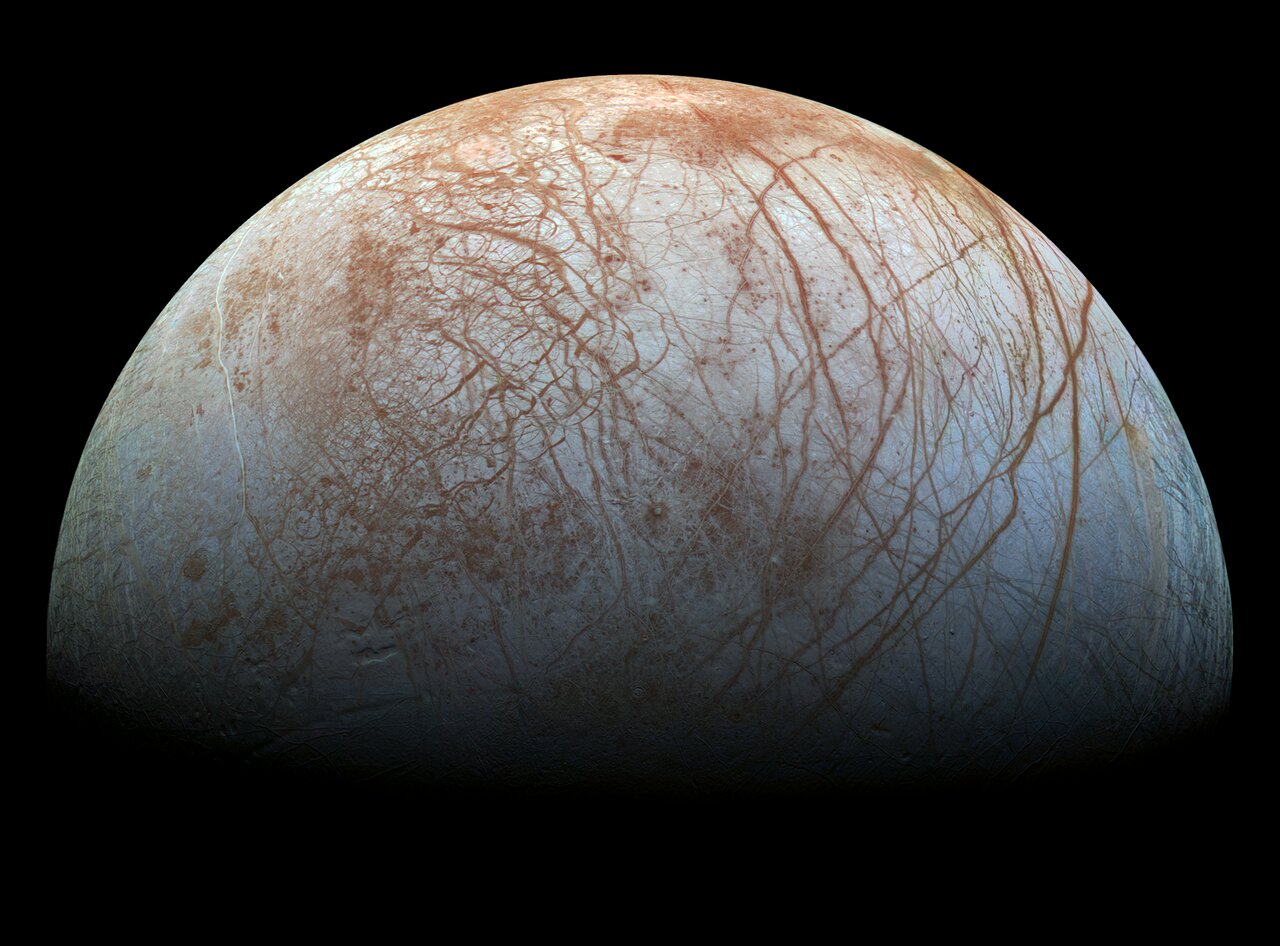
Earth’s oceans are one huge, uniform electrolyte solution. They contain salt (sodium chloride) and other nutrients like magnesium, sulphate, and calcium. We can’t survive without electrolytes, and life on Earth might look very different without the oceans’ electrolyte content. It might even be non-existent.
On Earth, electrolytes are released into the oceans from rock by different processes like volcanism and hydrothermal activity.
Are these life-enabling nutrients available on water worlds?
Continue reading “Water Worlds Could Have Plumes of Nutrients Carried up From Down Below”Using the Sun as a Gravitational Lens Would Let Us See Exoplanets With Incredible Resolution
Have you ever seen wispy arcs and rings in astronomical images taken by the Hubble Space Telescope and other observatories? These unusual features are caused by a quirk of nature called gravitational lensing, which occurs when light from a distant object is distorted by a closer massive object along the same line of sight. This distortion effectively creates a giant lens which magnifies the background light source, allowing astronomers to observe objects embedded within those lens-created arcs and rings that are otherwise be too far and too dim to see.
A group of researchers are working on plans to build a spacecraft that could apply this quirk by using our Sun as a gravitational lens. Their goal is to see distant exoplanets orbiting other stars, and to image an Earth-like exoplanet, seeing it in exquisite detail, at a resolution even better than the well-known Apollo 8 Earthrise photo.
Continue reading “Using the Sun as a Gravitational Lens Would Let Us See Exoplanets With Incredible Resolution”Two New Rocky Planets Discovered Close to the Solar System
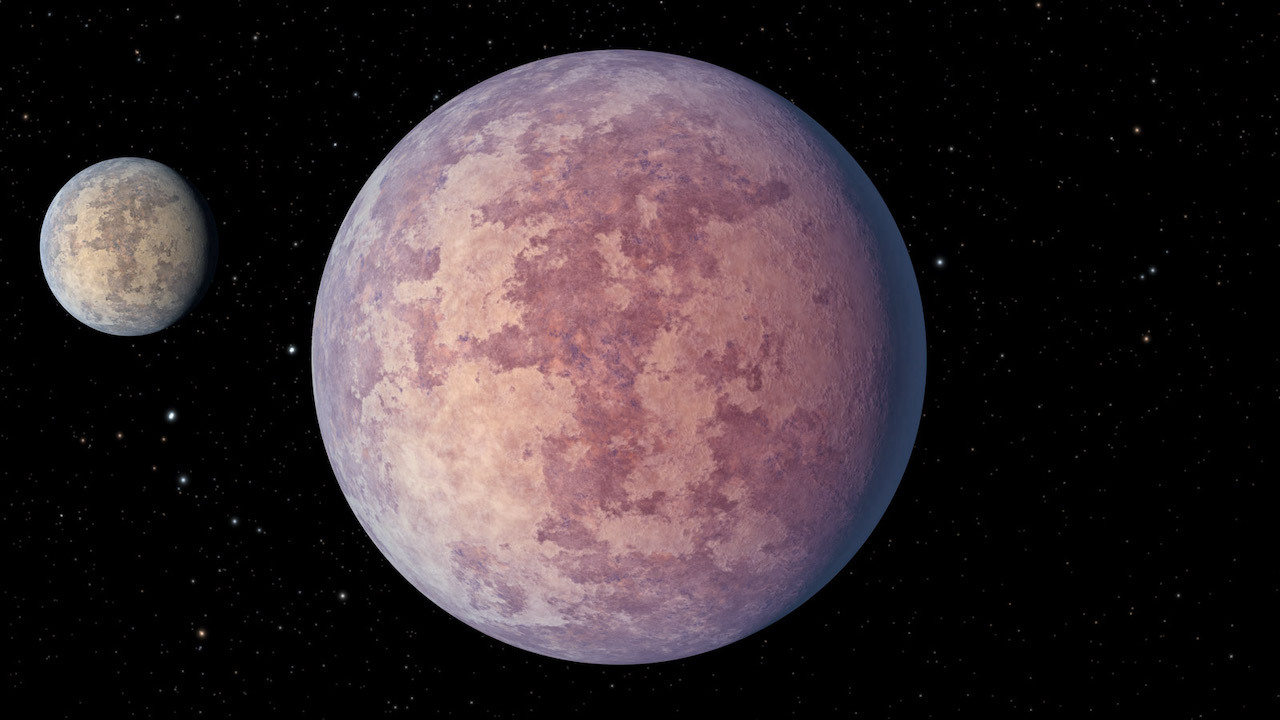
TESS has struck paydirt again. NASA’s planet-hunting spacecraft has found two new super-Earths orbiting a star only 33 light-years away. These are two of the closest rocky planets ever found.
Continue reading “Two New Rocky Planets Discovered Close to the Solar System”There Could Be Four Hostile Civilizations in the Milky Way

In 1977, the Big Ear Radio Telescope at Ohio State University picked up a strong narrowband signal from space. The signal was a continuous radio wave that was very strong in intensity and frequency and had many expected characteristics of an extraterrestrial transmission. This event would come to be known as the Wow! Signal, and it remains the strongest candidate for a message sent by an extraterrestrial civilization. Unfortunately, all attempts to pinpoint the source of the signal (or detect it again) have failed.
This led many astronomers and theorists to speculate as to the origin of the signal and what type of civilization may have sent it. In a recent series of papers, amateur astronomer and science communicator Alberto Caballero offered some fresh insights into the Wow! Signal and extraterrestrial intelligence in our cosmic neighborhood. In the first paper, he surveyed nearby Sun-like stars to identify a possible source for the signal. In the second, he estimates the prevalence of hostile extraterrestrial civilizations in the Milky Way Galaxy and the likelihood that they’ll invade us.
Continue reading “There Could Be Four Hostile Civilizations in the Milky Way”How Do Hot Jupiters Get So Close to Their Stars?

In this age of exoplanet discovery, we’ve discovered thousands of exoplanets of different types. The hot Jupiter is one of the most unusual types. There’s nothing like it in our Solar System.
Hot Jupiters are massive gas planets, and they attract a lot of attention because they’re so close to their stars and reach blistering temperatures. Their existence spawns a lot of questions about their formation and evolution. A new study is trying to answer some of those questions by determining hot Jupiters’ ages.
Continue reading “How Do Hot Jupiters Get So Close to Their Stars?”Objects That Share the Same Orbit are Common in the Solar System. But we’ve Never Seen co-Orbital Exoplanets. Why?
“Where are all the Trojans” is a question valid in both the study of ancient history and the study of exoplanets. Trojan bodies, which share orbital paths with other, larger planets, are prevalent in our solar system – most obviously in the Trojan asteroids that follow Jupiter around on its orbital path. However, they seem absent from any star system found with exoplanets. Now, a team of researchers from the SETI Institute and NASA’s Ames Research Center thinks they have found a reason why.
Continue reading “Objects That Share the Same Orbit are Common in the Solar System. But we’ve Never Seen co-Orbital Exoplanets. Why?”The Closeby Habitable Exoplanet Survey (CHES) Could Detect Exoplanets Within a few Dozen Light-Years of Earth Using Astrometry
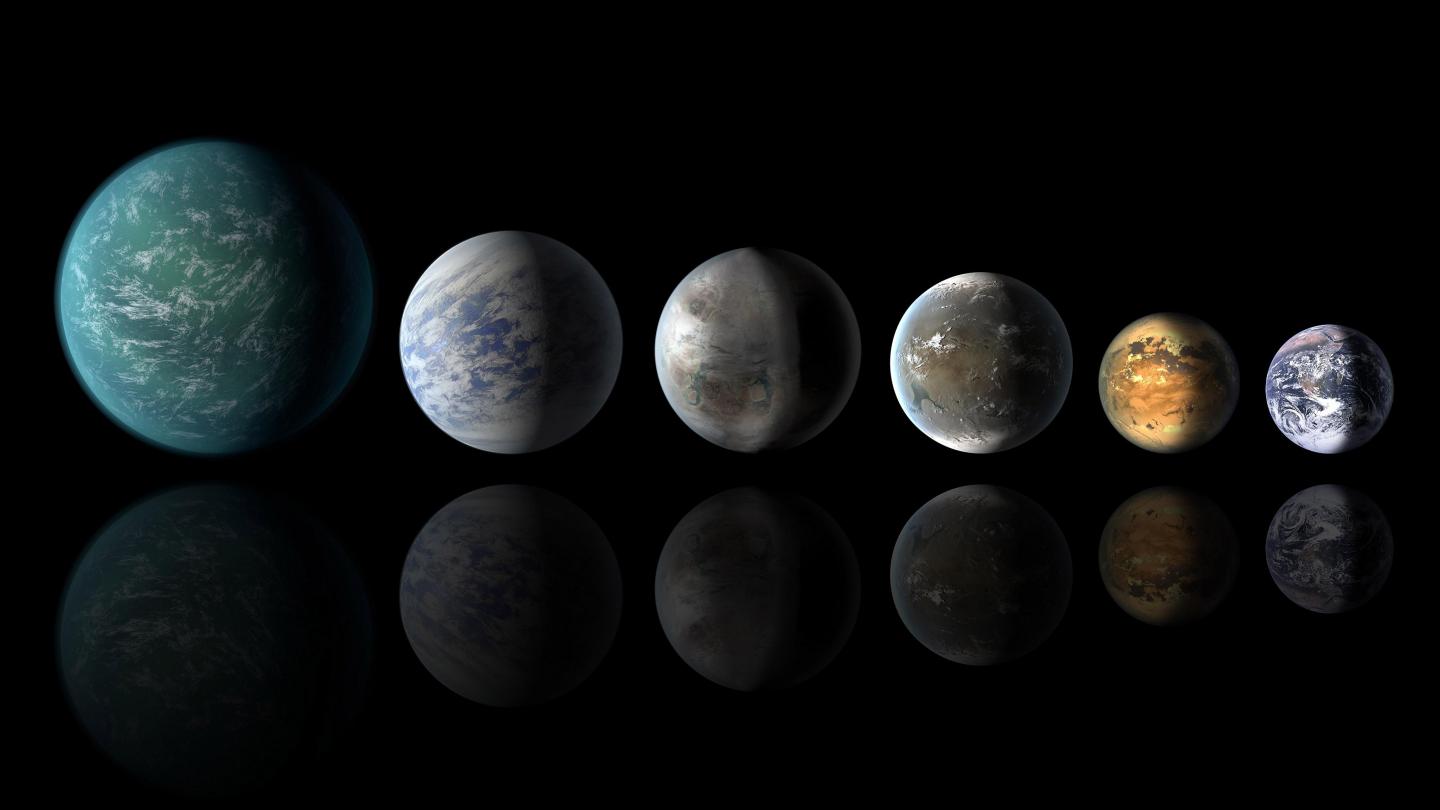
As of this article’s writing, NASA has indicated that 5,030 extrasolar planets have been confirmed in 3,772 systems, with another 8,974 candidates awaiting confirmation. With next-generation instruments like the James Webb Space Telescope (JWST) coming online, the number and diversity of confirmed exoplanets are expected to grow exponentially. In particular, astronomers anticipate that the number of known terrestrial planets and Super-Earths will drastically increase.
In the coming years, the opportunities for exoplanet studies will increase considerably as thousands more are discovered using various methods. In a recent study, a team led by the Chinese Academy of Sciences (CAS) described a new space-telescope concept known as the Closeby Habitable Exoplanet Survey (CHES). This proposed observatory will search for Earth-like planets in the habitable zones (HZs) of Sun-like stars within approximately 33 light-years (10 parsecs) using a method known as micro-arcsecond relative astrometry.
Continue reading “The Closeby Habitable Exoplanet Survey (CHES) Could Detect Exoplanets Within a few Dozen Light-Years of Earth Using Astrometry”These are the Best Places to Search for Habitable Exomoons

Our Solar System contains eight planets and more than 200 moons. The large majority of those moons have no chance of being habitable, but some of them—Europa and Enceladus, for example—are strong candidates in the search for life.
Is it the same in other solar systems?
Continue reading “These are the Best Places to Search for Habitable Exomoons”Even Stars Doomed to Die as Supernovae can Have Planets
90 percent of all exoplanets discovered to date (there are now more than 5000 of them) orbit around stars the same size or smaller than our sun. Giant stars seem to lack planetary companions, and this fact has serious implications for how we understand solar system formation. But is the dearth of planets around large stars a true reflection of nature, or is there some bias inherent in how we look for exoplanets that is causing us to miss them? The recent discovery of two gas giants orbiting a giant star called µ2 Scorpii suggests it might be the latter.
Continue reading “Even Stars Doomed to Die as Supernovae can Have Planets”


